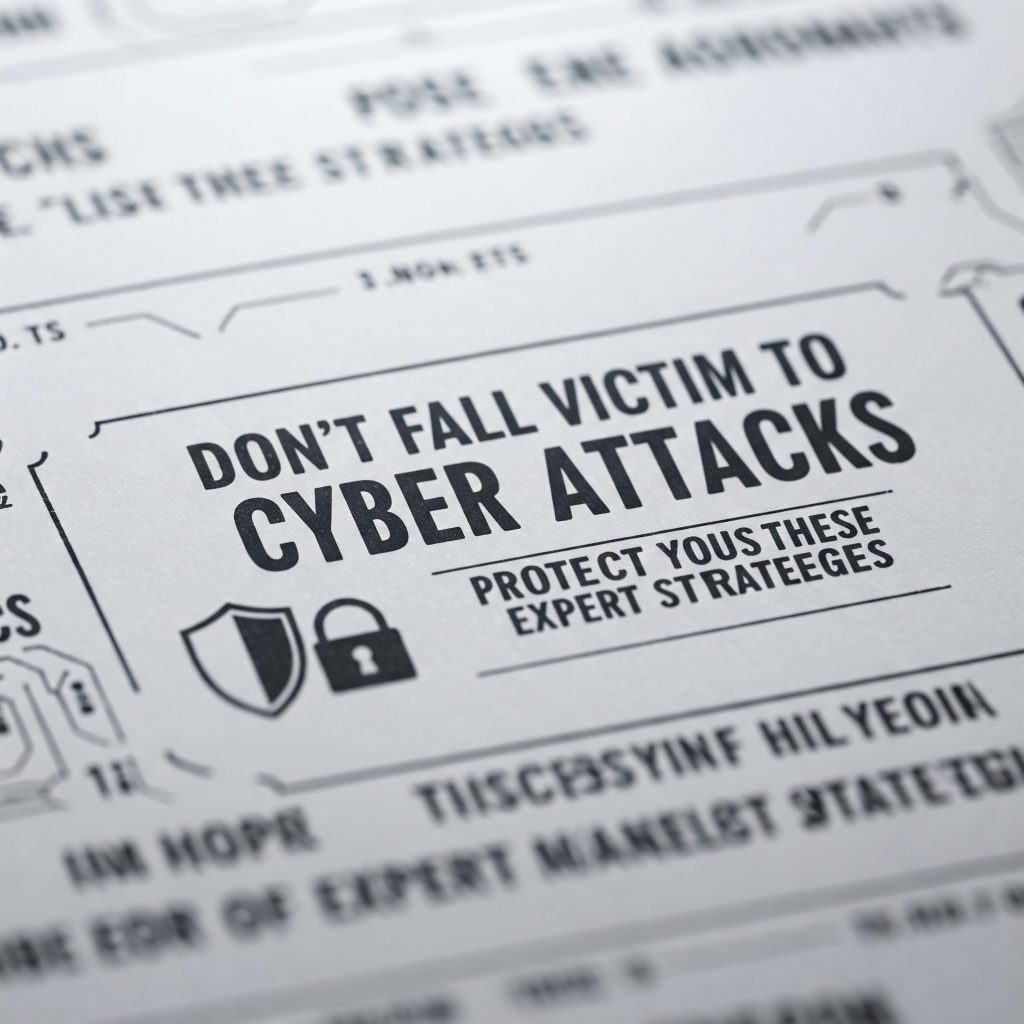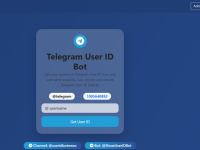In today’s digital age, the threat of cyber attacks looms large over individuals and businesses alike. From data breaches to ransomware attacks, cybercriminals are constantly evolving their tactics. However, by implementing effective cybersecurity measures, you can fortify your defenses and protect your sensitive information. In this article, we will explore expert cyber attack protection strategies to help you shield yourself from cyber threats.

Table of contents
Understanding Cyber Attacks
Before diving into the strategies, it’s essential to understand what cyber attacks are. Cyber attacks are malicious attempts to access, steal, or damage data and systems. They can take many forms, including phishing, malware, denial of service (DoS) attacks, and more. By recognizing these threats, you can be better prepared with cyber attack protection strategies to defend against them.
1. Use Strong Passwords and Two-Factor Authentication
One of the simplest yet most effective strategies for protecting against cyber attacks is to use strong, unique passwords for each of your accounts. Avoid using easily guessable passwords, such as “123456” or “password.” Instead, create complex passwords that include a mix of uppercase and lowercase letters, numbers, and special characters.
Additionally, enable two-factor authentication (2FA) wherever possible. This extra layer of security requires not only a password but also a second form of verification, such as a text message or authentication app, making it more difficult for cybercriminals to gain access. Using 2FA is a key cyber attack protection strategy.
2. Keep Software and Systems Updated
Regularly updating your software, operating systems, and applications is a fundamental cyber attack protection strategy. Many updates include security patches that address vulnerabilities that hackers could exploit. Set your devices to automatically install updates whenever possible to ensure you’re always protected.
3. Educate Yourself and Your Team
Awareness is key when it comes to cybersecurity. Educate yourself and your team about the different types of cyber threats and how to recognize them. Conduct regular training sessions to inform employees about phishing scams, suspicious links, and safe browsing practices. Knowledge is one of the best defenses against cyber attacks and a crucial element of cyber attack protection strategies.
4. Utilize Firewalls and Antivirus Software
Implementing firewalls and antivirus software can significantly reduce the risk of cyber attacks. Firewalls act as a barrier between your network and potential threats, while antivirus software helps detect and remove malicious programs before they can cause harm. Make sure your firewall and antivirus programs are always active and updated.
5. Backup Your Data Regularly
Regularly backing up your data is essential for mitigating the impact of a cyber attack, particularly ransomware. If your data is compromised, having a recent backup allows you to restore your information without paying a ransom. Store backups in multiple locations, such as external hard drives and cloud storage, to ensure redundancy.
6. Secure Your Wi-Fi Network
Your home or office Wi-Fi network can be a gateway for cybercriminals if not properly secured. Change the default name and password of your router, use strong encryption methods like WPA3, and regularly update your router firmware. Consider setting up a guest network for visitors to keep your primary network more secure. Securing your Wi-Fi is one of the essential cyber attack protection strategies.
7. Monitor Your Accounts and Transactions
Regularly monitoring your online accounts and financial transactions can help you detect any suspicious activity early. Set up alerts for unusual transactions or changes to your accounts. If you notice anything out of the ordinary, act quickly to secure your accounts and report the issue.
Conclusion
Cyber attacks are a serious threat that can have devastating consequences for individuals and businesses. However, by implementing these expert cyber attack protection strategies, you can greatly reduce your risk and protect your sensitive information. Remember, staying informed and proactive is key to maintaining your cybersecurity. Don’t fall victim to cyber attacks—take action today to secure your digital life.
FAQ
The most common types of cyber attacks include phishing, where attackers trick individuals into providing sensitive information; malware, which is malicious software that can damage or disrupt systems; ransomware, which locks users out of their data until a ransom is paid; and denial-of-service attacks, which overwhelm systems to render them unusable. Being aware of these threats is the first step in protecting yourself.
Phishing attempts often come in the form of unsolicited emails or messages that appear to be from legitimate sources. Look for signs such as poor grammar, urgent language urging immediate action, and suspicious links or attachments. Always verify the sender’s email address and avoid clicking on any links until you confirm their authenticity.
To strengthen your online security, follow these strategies:
Use strong, unique passwords for each of your accounts and consider a password manager to keep track of them.
Enable two-factor authentication (2FA) wherever possible to add an extra layer of security.
Regularly update your software and devices to patch any vulnerabilities.
Be cautious when sharing personal information online and review your privacy settings on social media platforms.
When using public Wi-Fi, avoid accessing sensitive information such as banking or personal data. Use a virtual private network (VPN) to encrypt your internet connection, making it harder for attackers to intercept your data. Additionally, ensure that the websites you visit use HTTPS, which indicates a secure connection.
If you suspect that you’ve been a victim of a cyber attack, take immediate action:
Change your passwords for affected accounts.
Enable two-factor authentication on those accounts.
Monitor your financial statements and credit reports for unauthorized activity.
Report the incident to your bank or credit card company, and consider filing a report with local law enforcement or cybersecurity agencies.
Depending on the nature of the attack, you may also want to consult a cybersecurity expert for further assistance.


















One Comment